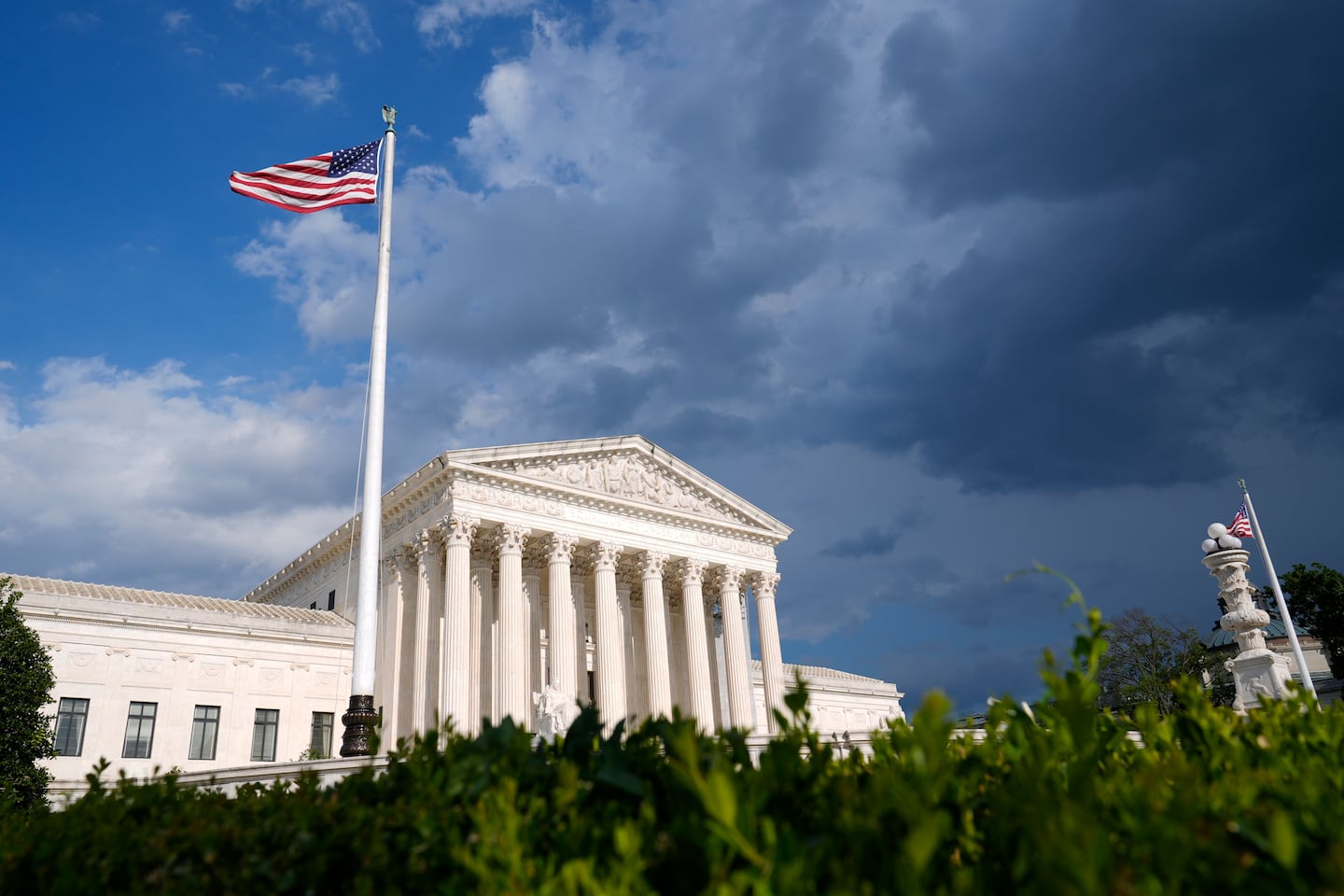Faith, Funding, and Controversy: Supreme Court Poised to Decide on Oklahoma's Groundbreaking Religious Charter School

In a significant shift, the Supreme Court's conservative majority has been steadily reshaping the landscape of church-state relations. Through a series of landmark rulings, the justices have increasingly signaled their openness to channeling public funds toward religious institutions, marking a notable departure from previous judicial interpretations.
These recent decisions represent a nuanced and transformative approach to the traditional separation of church and state. By gradually expanding the boundaries of public funding for religious entities, the court has demonstrated a willingness to reinterpret constitutional principles that have long governed religious funding and institutional support.
The court's evolving stance suggests a broader philosophical perspective that views religious organizations as integral community partners deserving of equal financial consideration. This approach challenges long-standing precedents and opens new pathways for religious institutions to access government resources, potentially reshaping the relationship between public funding and religious organizations.

